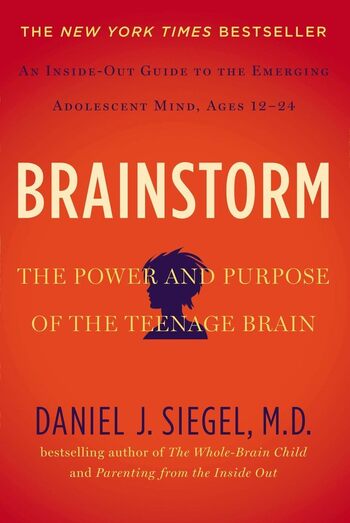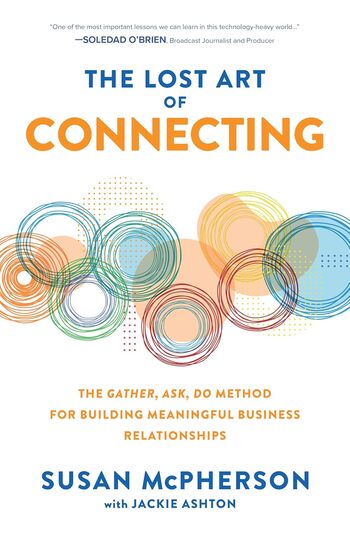
Paul McGee’s ‘How Not to Worry’ delves into understanding anxiety, the root causes of worry, and offers techniques to manage stress by categorizing worries and tapping into rational thinking.
Main Lessons
- Worry, anxiety, and stress are interconnected, forming a cycle that impacts mental and physical health.
- Categorize worries into situational, anticipatory, and residual stress for better anxiety management.
- Identifying root causes—like past experiences and fear of the unknown—can help address worries effectively.
- The rational brain aids in controlling irrational worries, enhancing problem-solving and decision-making.
- Self-awareness increases by questioning the origin of worries, helping differentiate between types of stress.
- Sorting worries as historical, hysterical, or helpful can guide appropriate strategies or actions.
- Recognizing personal influence boosts optimism and decreases depression, according to studies.
- Imagination can either increase or reduce stress; harness it positively to alleviate anxiety.
- Negative self-talk worsens worries; foster positive thoughts and focus on actionable solutions.
- Develop a habit of focusing on controllable aspects of life to enhance overall effectiveness and peace.








